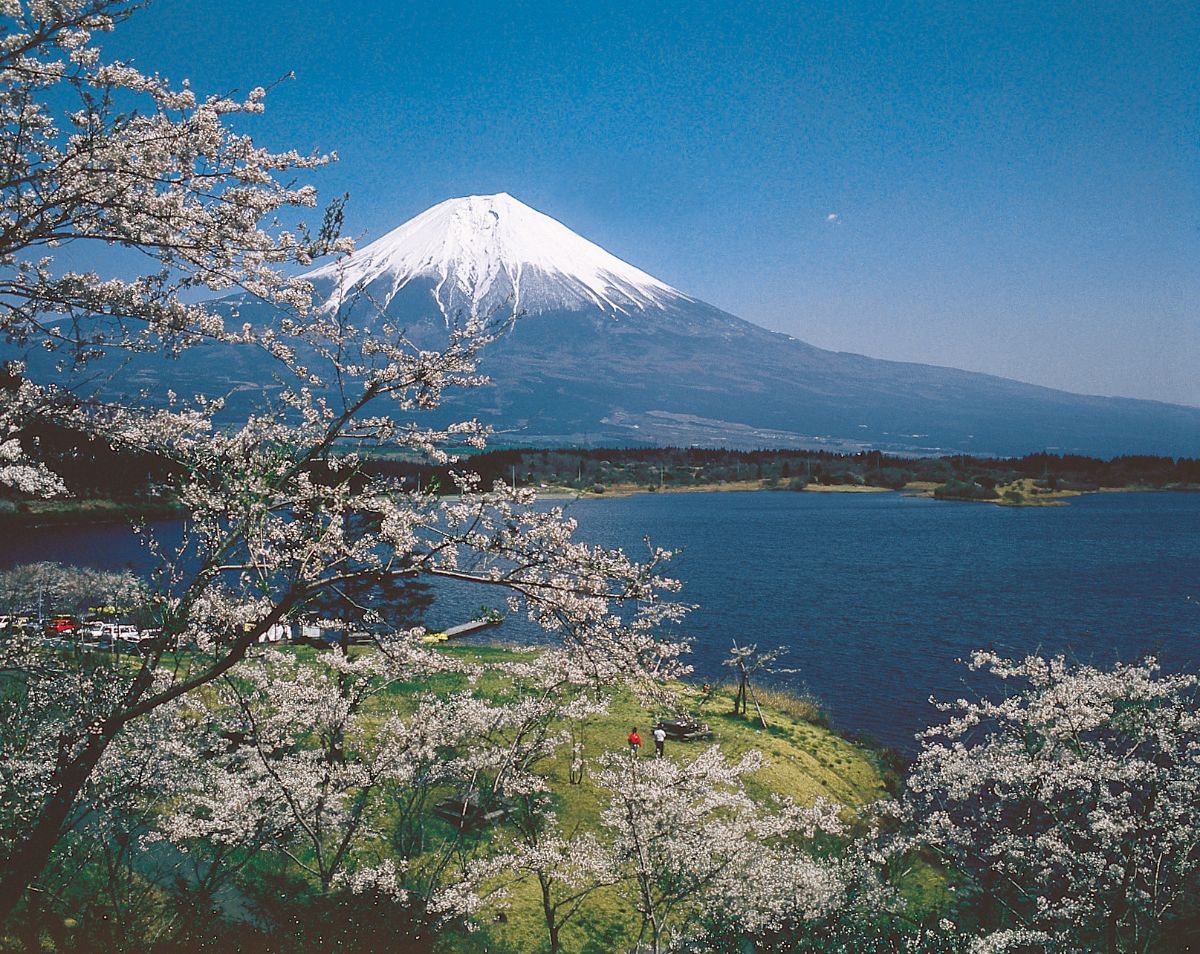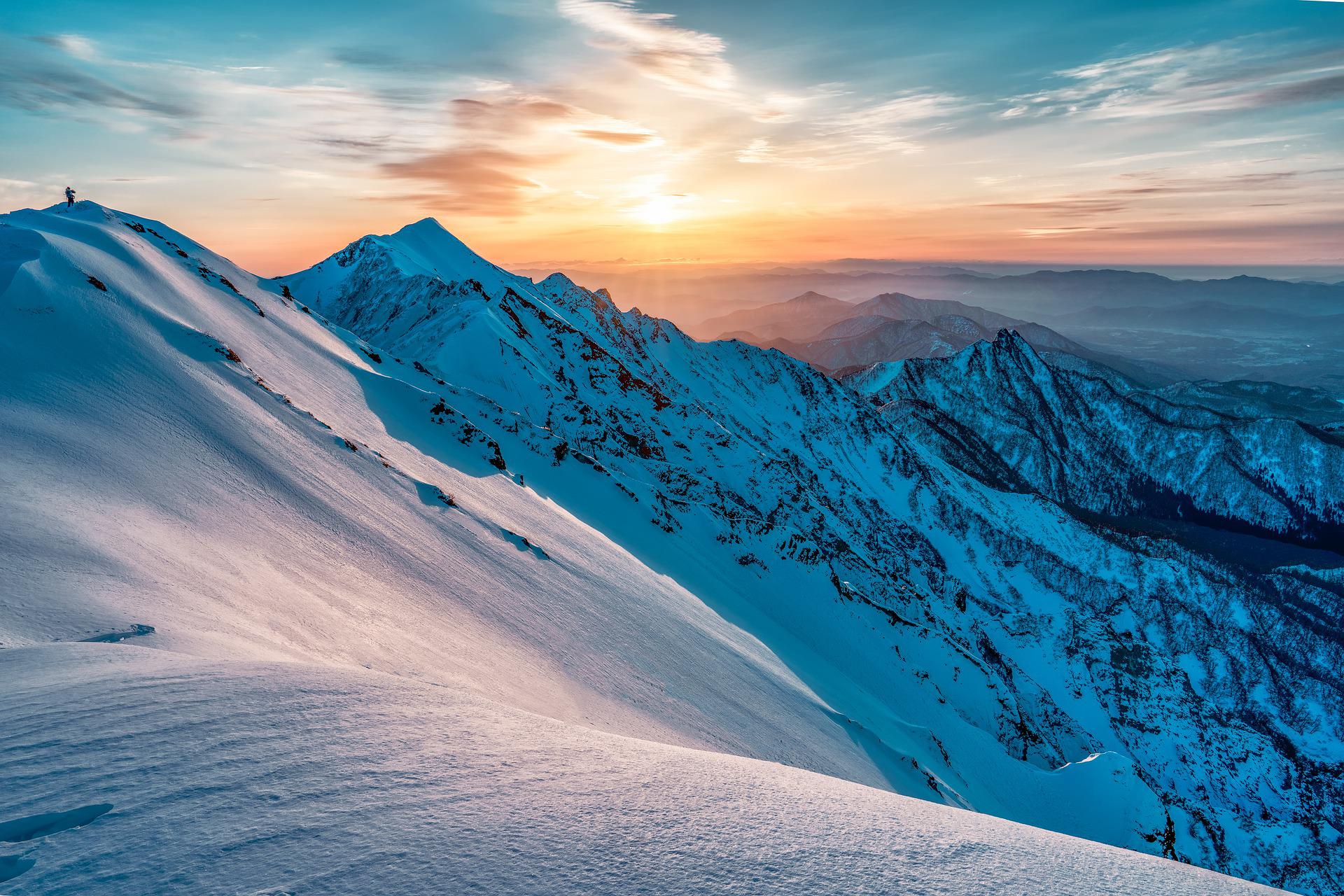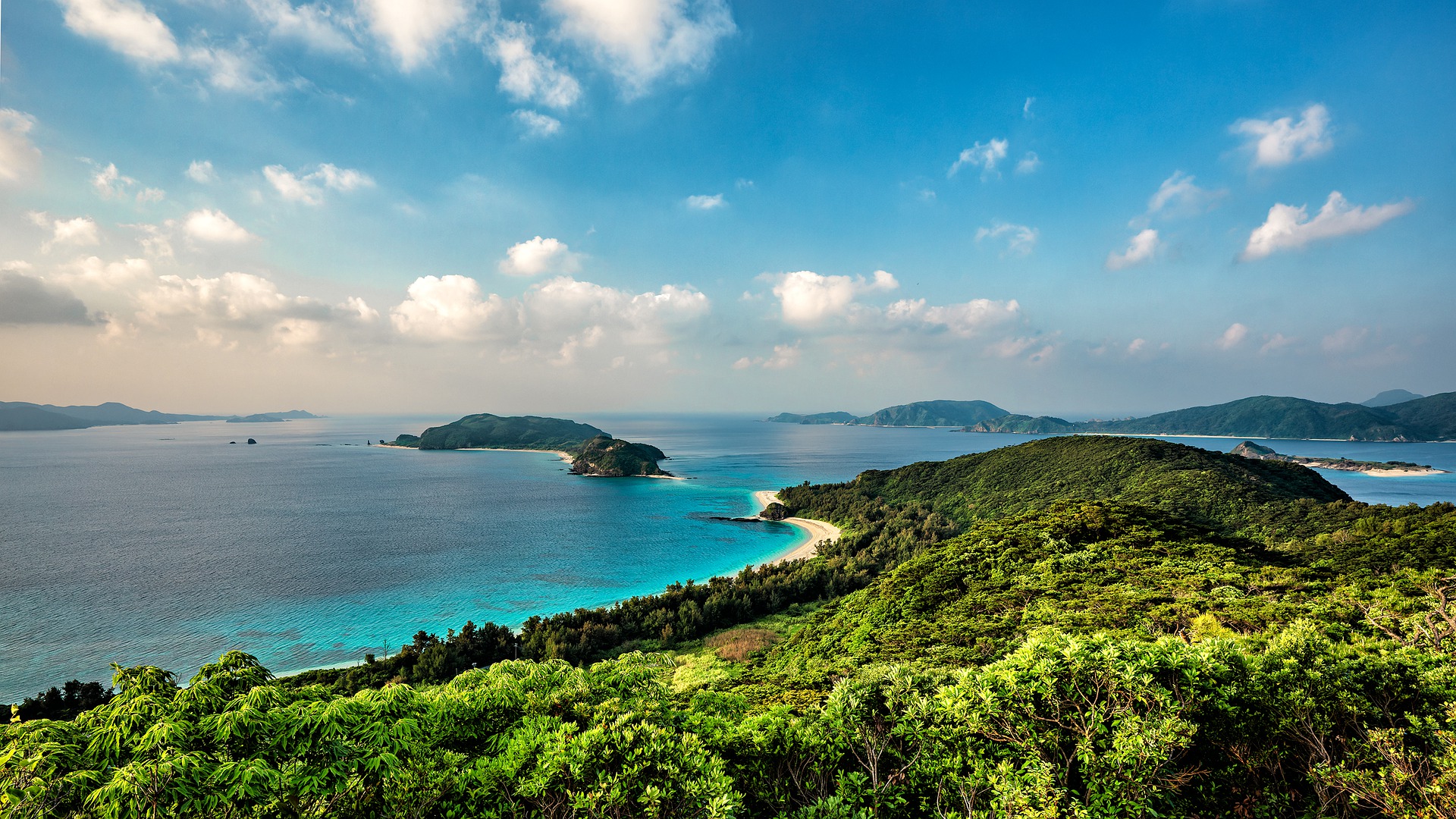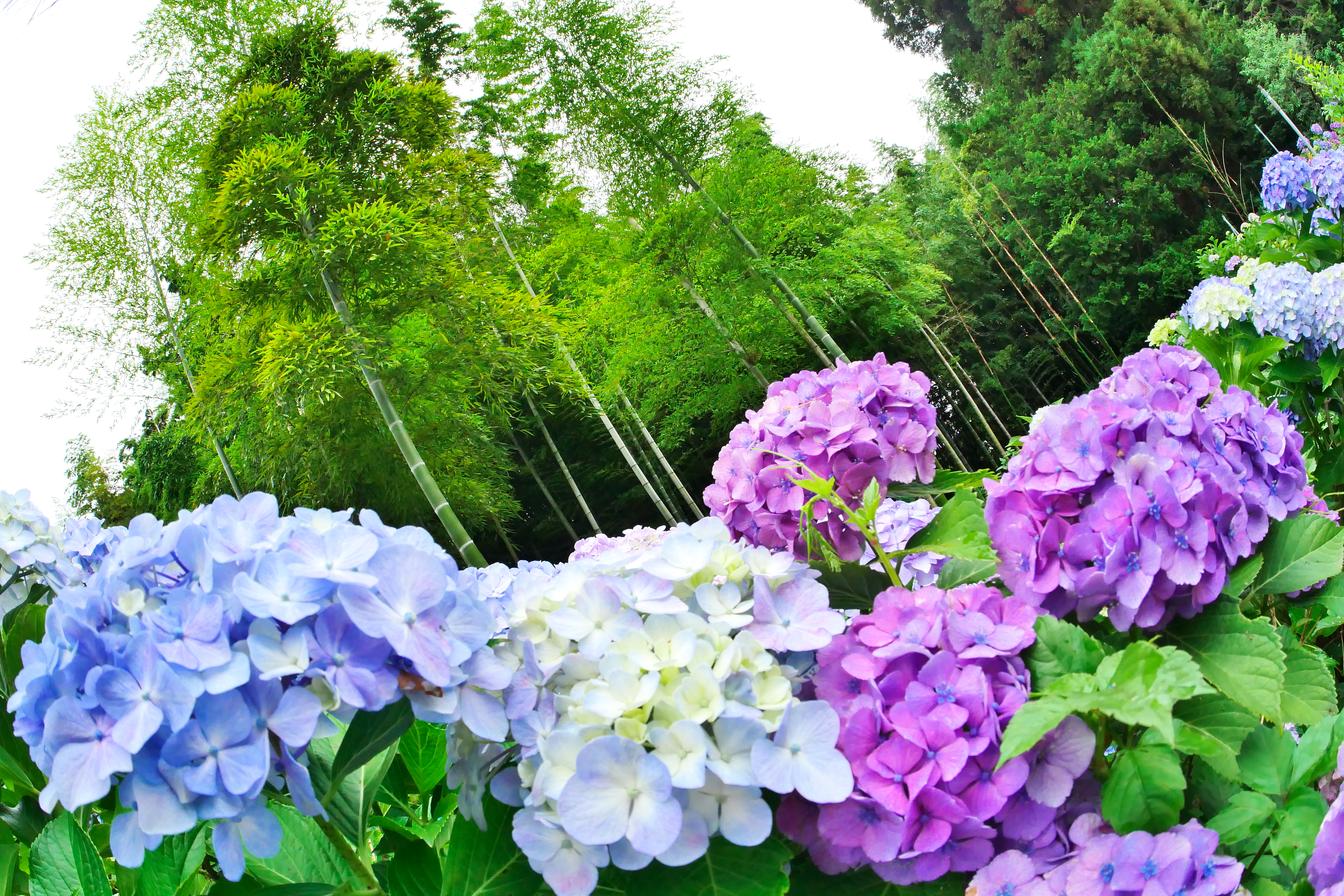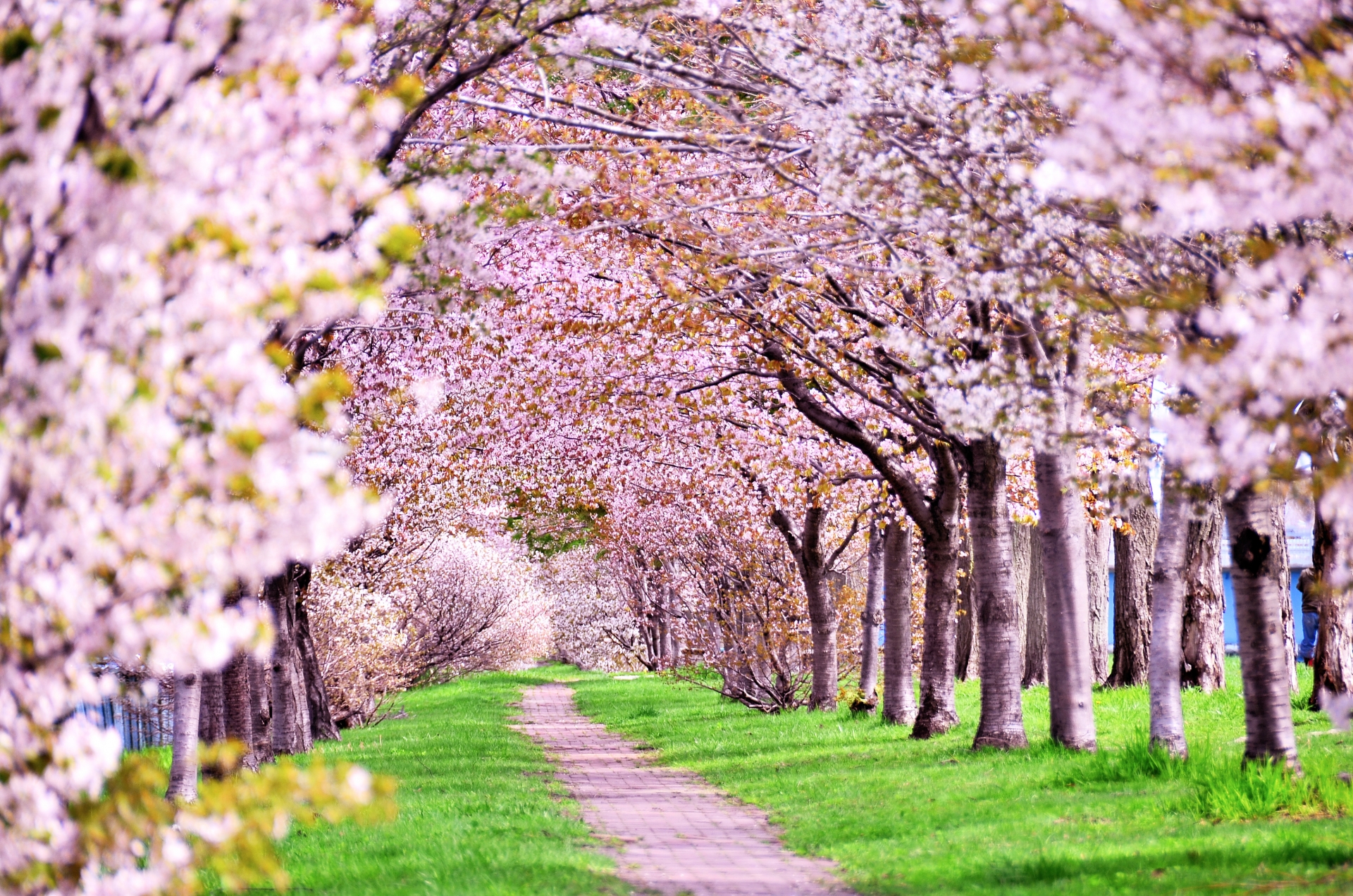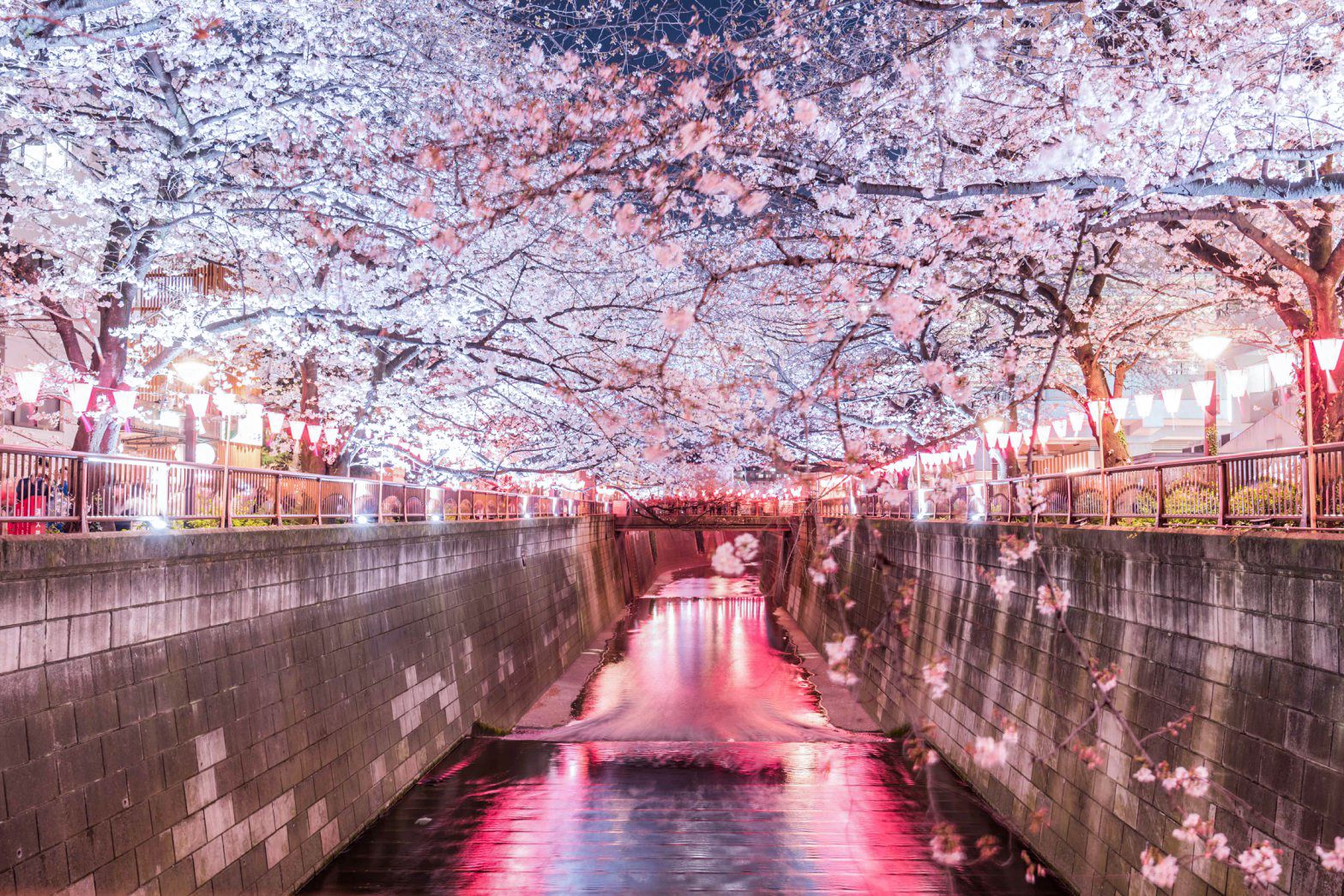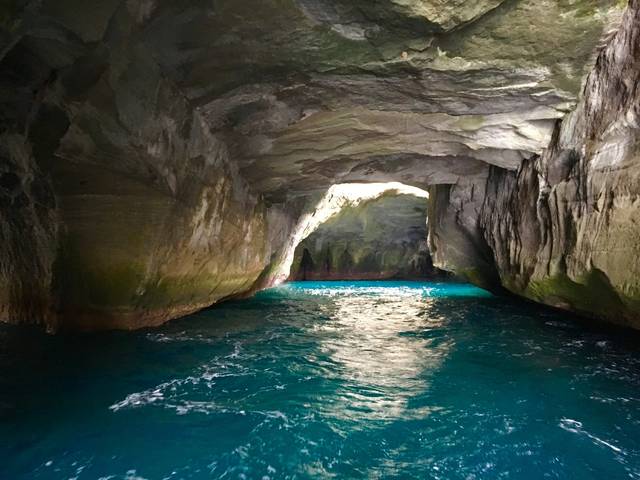Mt. Fuji - A stunning Mountain Fascinating Countless People
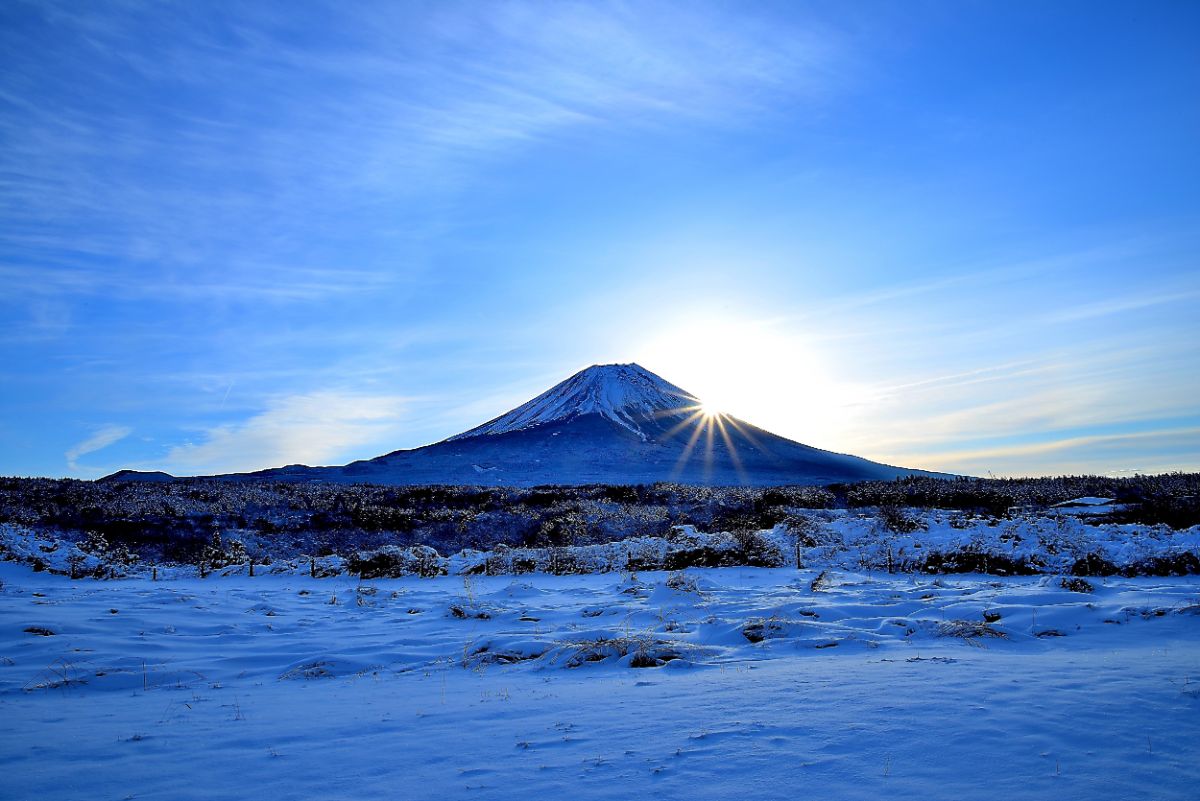
Mt. Fuji is not only the highest mountain in Japan, but has had a special existence for Japanese since ancient times. As it is a volcano with nearly perfectly symmetry shape, it has been worshipped as a sacred mountain and experienced huge popularity among artists. In 2013, Mt. Fuji was added to a World Cultural Heritage list and has since became even greater attraction than once it was. It offers us various ways of enjoyment, this is only just a glimpse.
Why Mt. Fuji is cultural heritage?
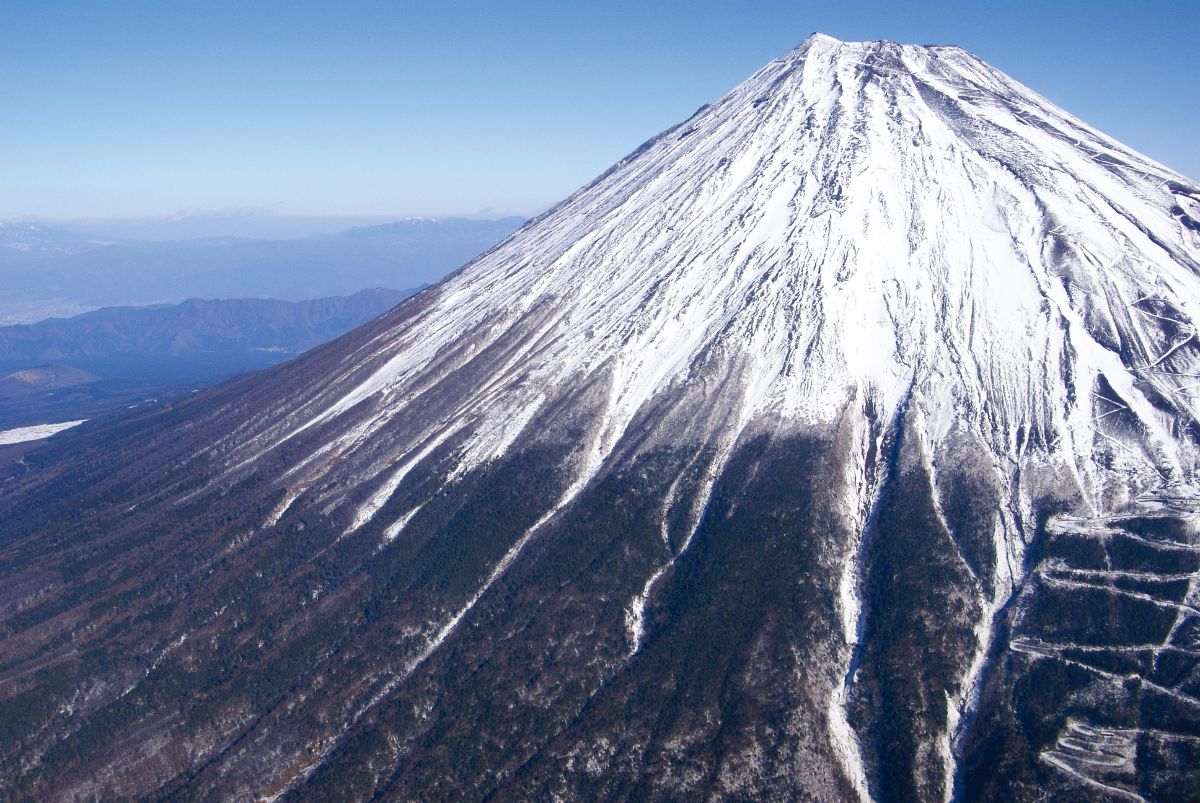
写真提供:静岡県観光協会
Boasting an impressive 3776 meters, Mt. Fuji stands across the two prefectures of Shizuoka and Yamanashi. It was registered as a UNESCO World Heritage List as a cultural property in 2013. It is a symbol of Japan, and this iconic mountain has fascinated not only Japanese but those from overseas with its perfect shape and its spectacular view. But they are not the only reasons that make it special. As represented by the significant news in 2013, the international community took cognizance the cultural sense and values of Japanese towards Mt. Fuji: It has long been an object of faith and a source of artistic inspiration. While it is recognized as a tall beautiful mountain today, it was a horror and a mystery to the ancients for its eruptions and lava falls. The Japanese long believed Mt. Fuji as a mountain God lives and that its volcanic activity was the act of god. People worshipped Mt. Fuji as an object of faith, and the Asama shrine has been built at its foot in the 10th century to pray for pacifying the violent eruptions. After Mt. Fuji’s eruptive activity calmed down, it became a place of training in Shugendō, which is focused on the symbolism of sacred mountains. Since then, climbing Mt. Fuji for worship gradually popularized and it became not only for monks but also for the general public.
Another reason of being a World Cultural Heritage is because it has long been a source of artistic inspiration for its noble beauty. It is not surprising people has been so attracted by its beautiful nearly symmetry shape and taken up Mt. Fuji as a subject of art works. One of the most famous paintings is Hokusai Katsushika’s Red Fuji, from the series of Thirty-six Views of Mt. Fuji. It is said that it might have been painted in the 1800s, which shows there was a unignorable influence of Mt. Fuji at that time. Also people might find it interesting that there are many public bath houses with Mt. Fuji painted on the walls. It proves that even now Mt. Fuji is deeply connected with the life of Japan.
Tips for climbing Mt. Fuji
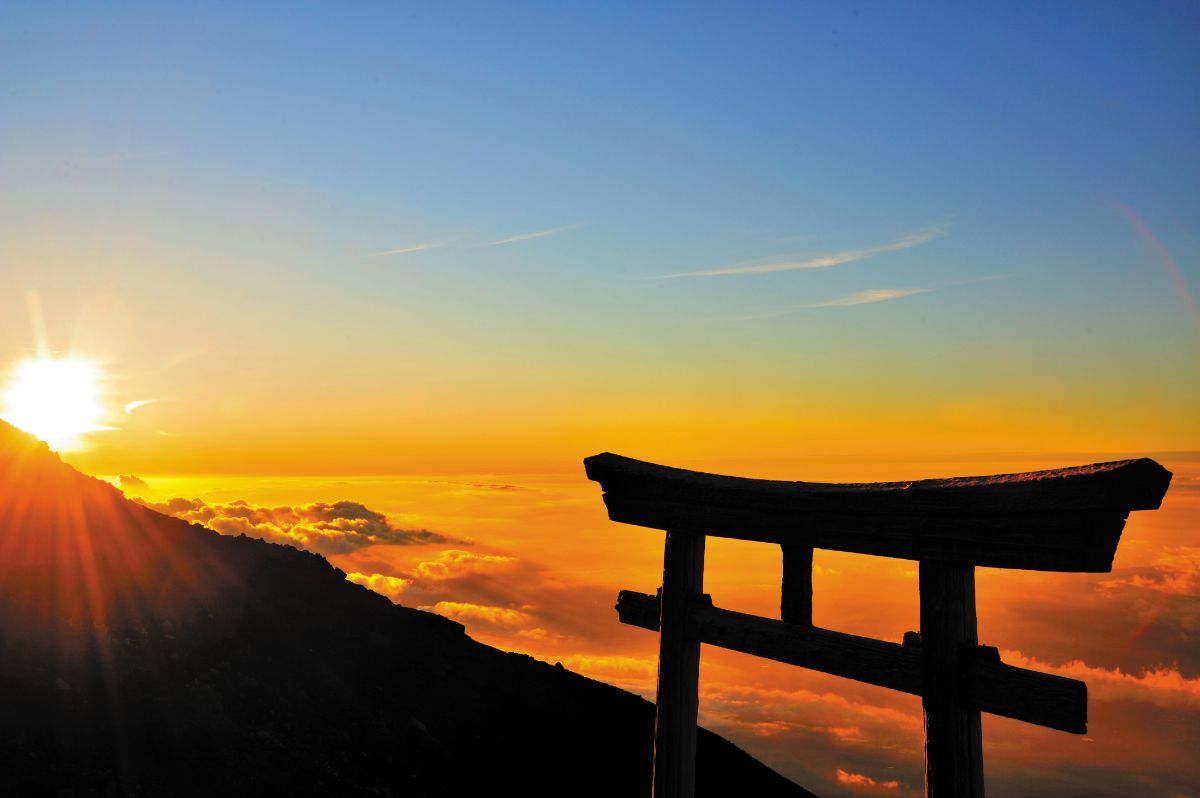
写真提供:静岡県観光協会
Nowadays, nearly 300,000 people climb at least part of it each year. Many people say climbing Mt. Fuji is once in a life time experience, and if you want to know how it is like, you have to give it a try.
The best climbing season at Mt. Fuji spans from the beginning of July through mid-September. Please aware that it is very crowded on the weekends and during Bon holidays in the mid-August.
Mt. Fuji is divided into 10 stations, and people generally take a bus or a car to the fifth station and start their journey from there.
There are several routes you can take up to the summit, each with its characteristics and caution points. Yoshida route is the most popular route, taking about 6 hours to climb up and 3.5 hours to descend, and it is highly recommended for beginners. But because of that, it is likely to be crowded most of the time, which may slow down your ascent and schedule, so make sure you plan on weekdays or avoid Bon holidays, and also make your plan with enough time margin. You can also take the other popular routes represented by Fujinomiya route, Subashiri route, and Gotemba route, that are recognized as its four main routes adding up the Yoshida.
And a favorite for many Mt. Fuji climbers is to night climb so that they can view the sunrise from the top. If you are following this plan, be careful of climbing with only light clothing because the temperature at night goes down around five Degree Celsius even in the mid-summer. Take winter clothes and also rain gears as well since the weather might change from time to time. If you follow these tips to prevent possible accidents you may encounter, you will successfully climb Mt. Fuji and see the most beautiful sunrise in your entire life.
Beautiful sceneries inspired countless people for centuries
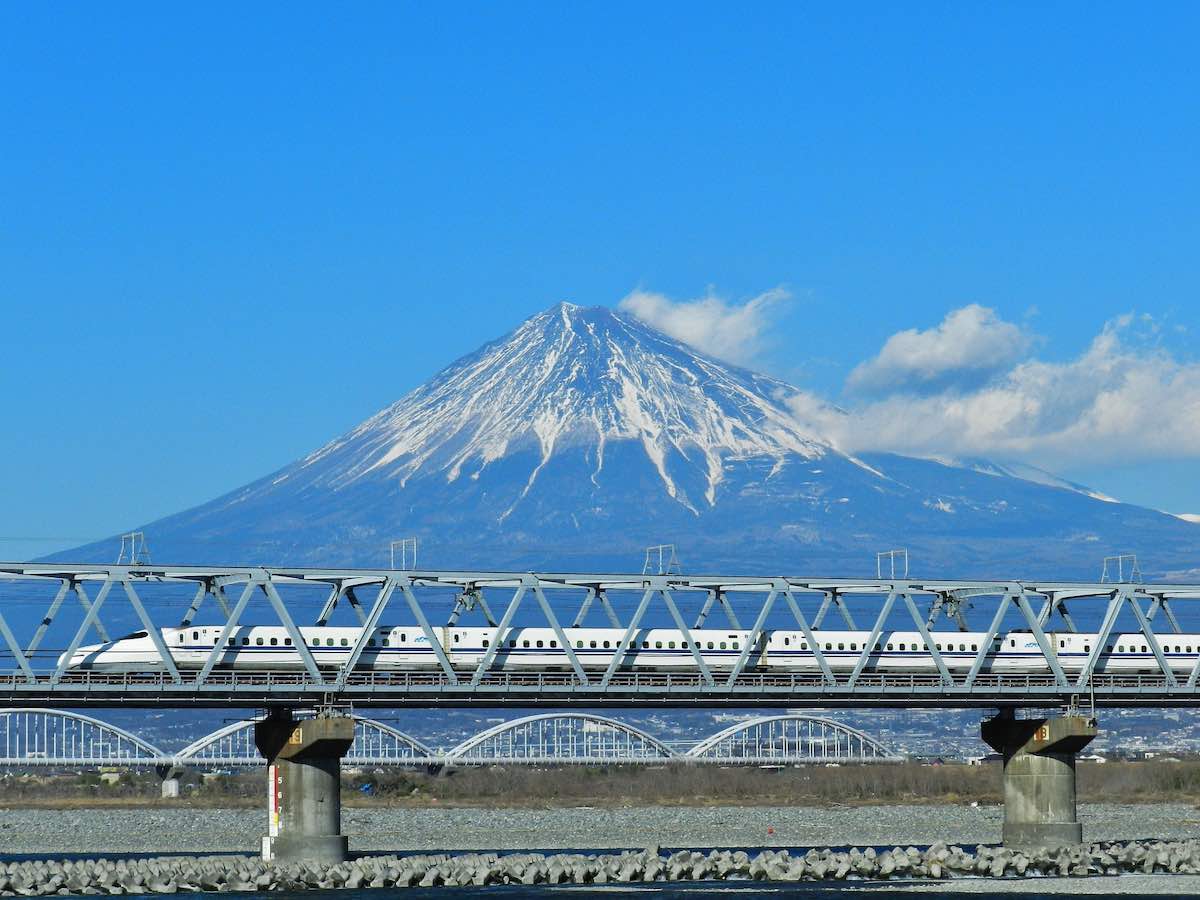
Climbing Mt. Fuji is not the only way to enjoy it, and it offers various entertainment sceneries. An easy way to view Mt. Fuji is from the train on trip between Tokyo and Osaka. If you take a train or a bullet train from Tokyo in the direction of Nagoya, Kyoto, and Osaka, the best view of the mountain can be seen from around Shin-Fuji station on the right side of the train.
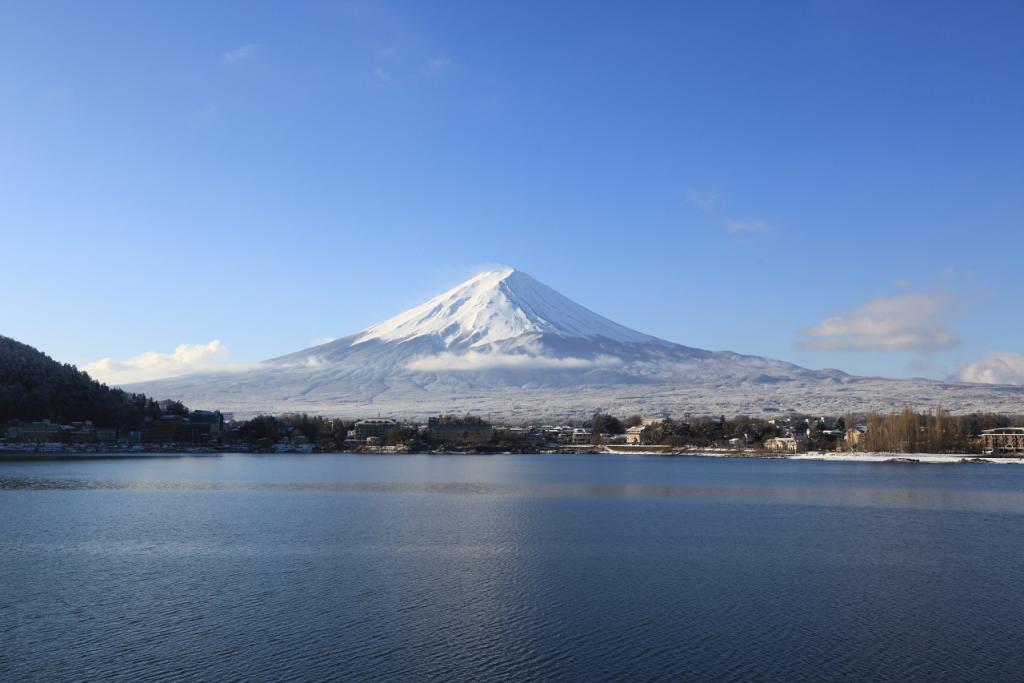
Kawaguchiko Lake(写真提供:やまなし観光推進機構)
If you want to enjoy Mt. Fuji from a nice natural surrounding, you should go to the Fuji Five Lake (Fujigoko) area at the northern foot of the mountain. A ride up the Mt. Kachi-Kachi Ropeway near Lake Kawaguchi, one of the Fuji Five Lakes, offers a majestic view of Mt. Fuji with the panoramic view of the town at its bottom. Lake Kawaguchi also offers us another fantastic scenery of the mountain reflected on the lake: the upside down Mt. Fuji.
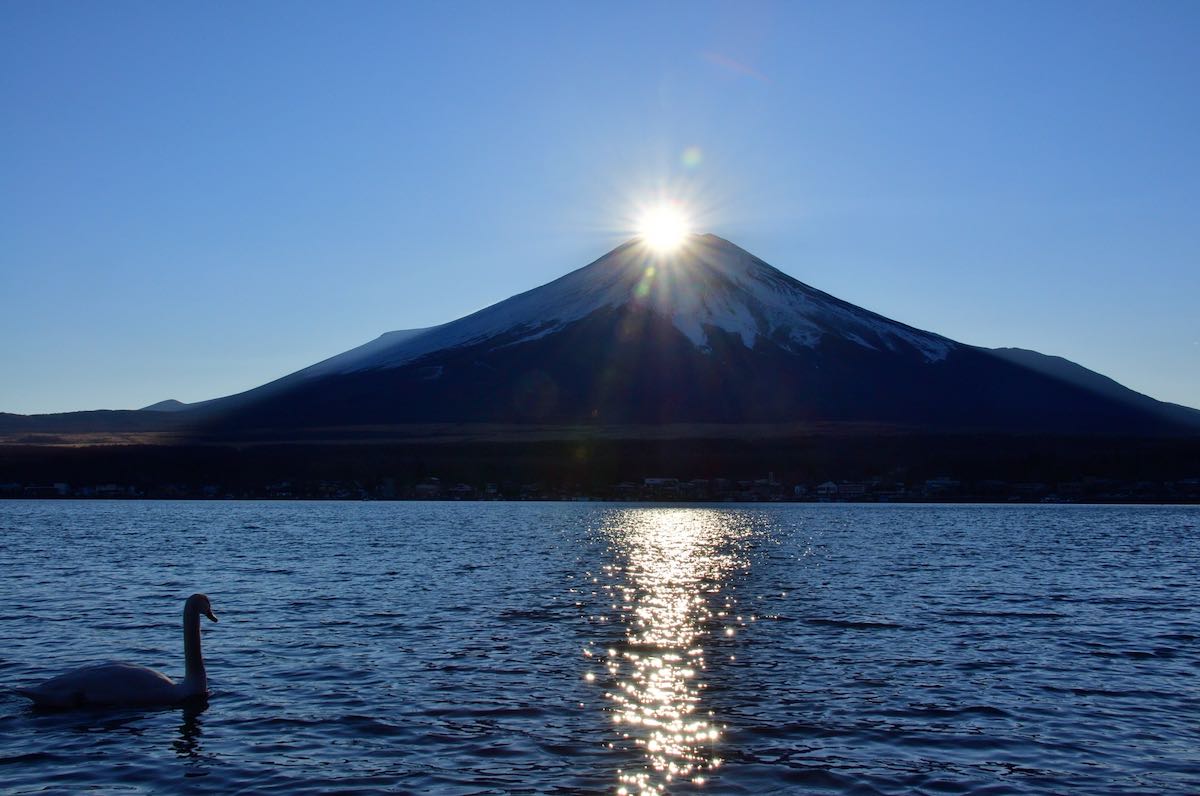
Diamond Fuji
And if you want to see the most spectacular view of Mt. Fuji, you cannot miss out Diamond Fuji: the sunrise from behind the mountain. It shows us its magical silhouette of the mountain with the sun rising up from its back, just like the diamond ring effect with solar eclipse. This beautiful phenomenon can be enjoyed over a long period from mid-October to late February, and you can see it over a wide area of Lake Yamanaka, the largest of the Fuji Five Lakes. Since the sunrise is a symbol of good luck in Japan, every year, many people from all over Japan come over to see Diamond Fuji to start off the new year wishing it to be a good one.
How to visit?
The easiest and simplest way for climbers to get to Mt. Fuji from Tokyo is to take a bus directly from the Shinjuku Express Bus Terminal to the fifth station. For general visitors, there are regular services that operate between Shinjuku/Shibuya/Tokyo and the broader Fuji area with its major get-off points, such as Kawaguchiko station, Fuji-san station, and Lake Yamanka. These journeys take about 2-2.5 hours.
As another option to get to the Fuji Five Lakes by train, you can take the JR Chuo Line from Shinjuku station (Tokyo) to Otsuki station, then transfer to the Fujikyu Railway for Kawaguchiko, taking approximately 2 hours for all the journey.
Address: Kitayama, Fujinomiya City, Shizuoka 418-0112
Tel: +81-(0)555-73-8815
Mt. Fuji is not only the tallest mountain in Japan, but it is also considered sacred, and that in...
Reference list
https://whc.unesco.org/en/list/1418
http://www.onmarkproductions.com/html/shugendou.html
http://www.fujikyu.co.jp/en/leisure/leisure13.html
https://www.yamanashi-kankou.jp/foreign/english/spot/p1_4865.html
Sponsored Links
Unmissable Tours
Expand your horizons by interacting with diversity. Take a look at guided tours on which you can connect personally with the guides and have truly extraordinary experiences.
Search
